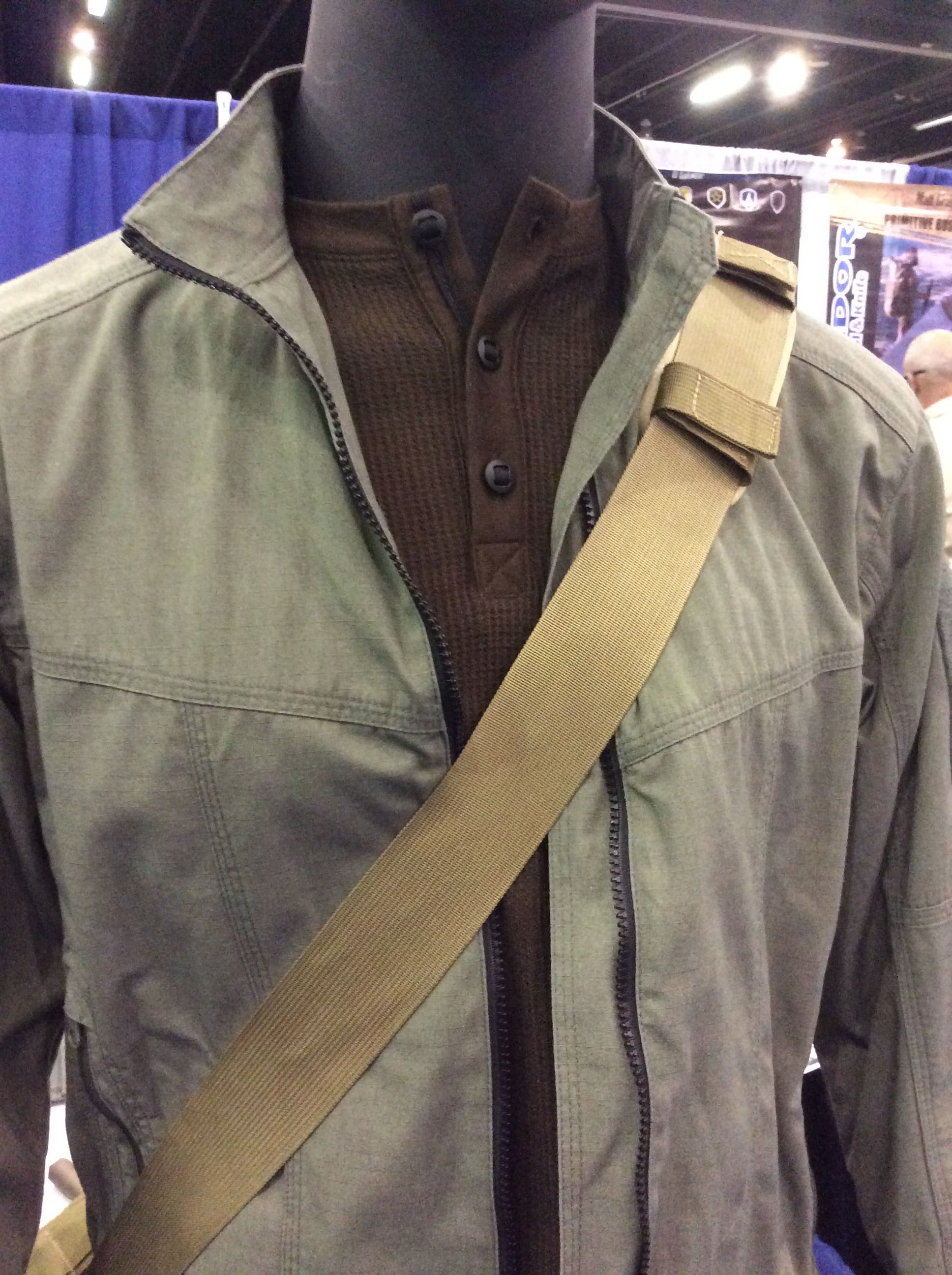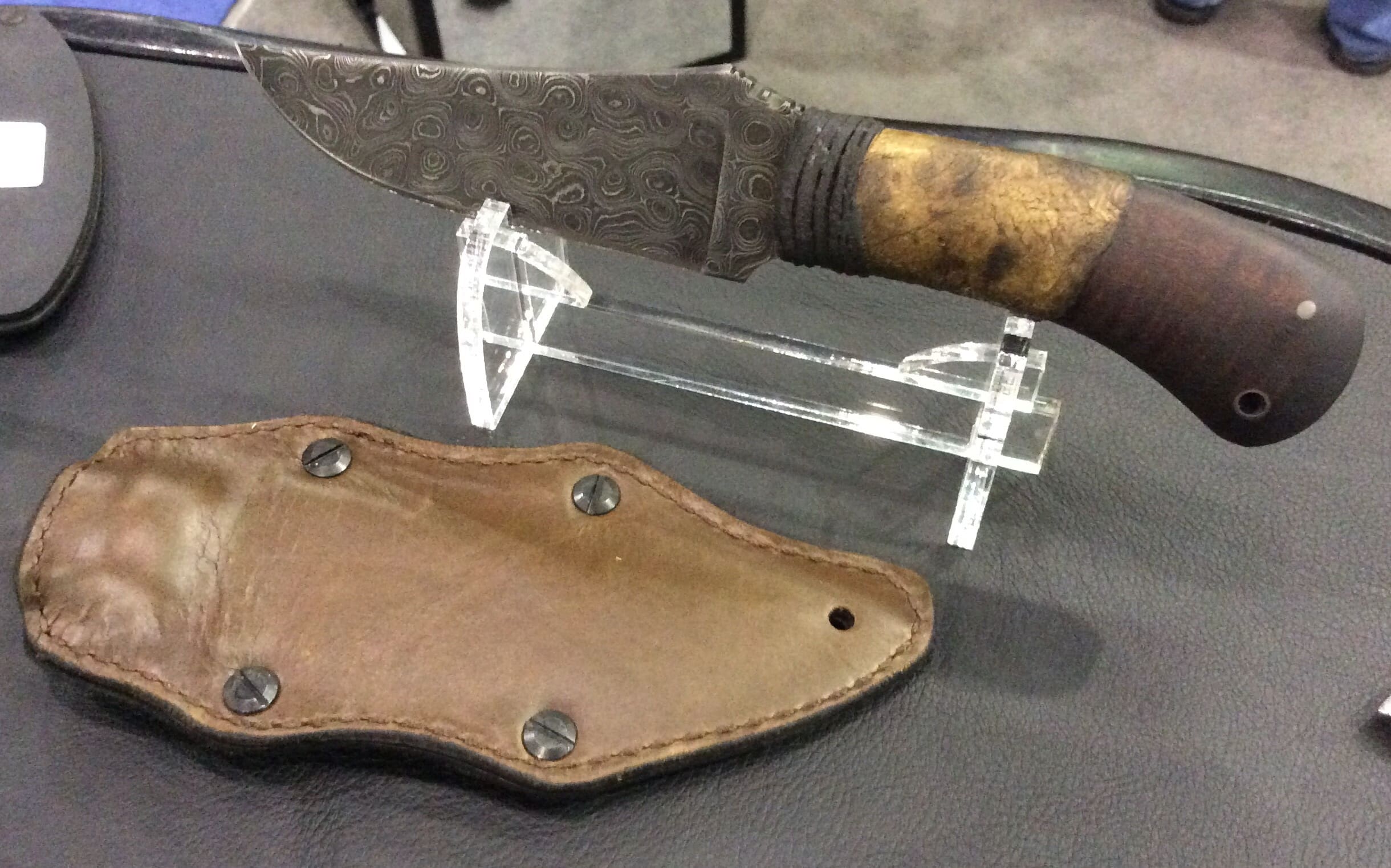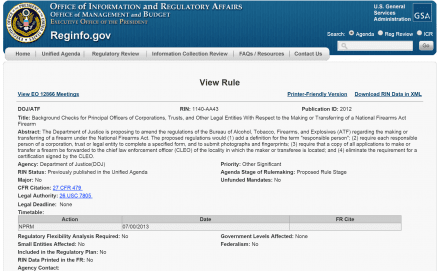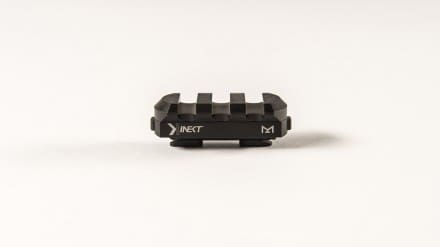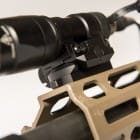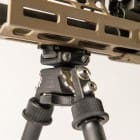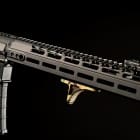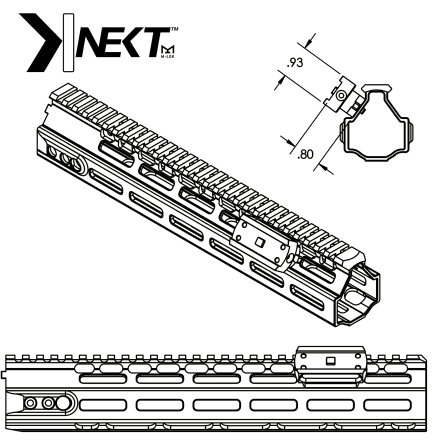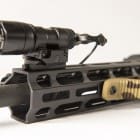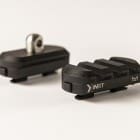International Traffic in Arms: Definitions of Defense Services, Technical Data, and Public Domain; Definition of Product of Fundamental Research; Electronic Transmission and Storage of Technical Data; and Related Definitions
On 3 June, 2015, the State Department published its intent in the Federal Register to make a rather expansive change to how information controlled under International Trafficking in Arms regulations is categorized, reviewed, and transmitted. The proposed rule change is so extensive, it takes up 14 pages in the Federal Register. In case you are unfamilar, ITAR regulates the export of a large host of technologies laid out in the United States Munitions List, including the firearms that many of you own and use.
Bottom Line Up Front
The National Rifle Association’s Institute has distilled this issue at hand into these three paragraphs:
“In their current form, the ITAR do not (as a rule) regulate technical data that are in what the regulations call the ‘public domain.’ Essentially, this means data ‘which is published and which is generally accessible or available to the public’ through a variety of specified means. These include ‘at libraries open to the public or from which the public can obtain documents.’ Many have read this provision to include material that is posted on publicly available websites, since most public libraries these days make Internet access available to their patrons.
“The ITAR, however, were originally promulgated in the days before the Internet. Some State Department officials now insist that anything published online in a generally-accessible location has essentially been ‘exported,’ as it would be accessible to foreign nationals both in the U.S. and overseas.
“With the new proposal published on June 3, the State Department claims to be ‘clarifying’ the rules concerning ‘technical data’ posted online or otherwise ‘released’ into the ‘public domain.’ To the contrary, however, the proposal would institute a massive new prior restraint on free speech. This is because all such releases would require the ‘authorization’ of the government before they occurred. The cumbersome and time-consuming process of obtaining such authorizations, moreover, would make online communication about certain technical aspects of firearms and ammunition essentially impossible.”
Sir, You Go Too Far!
As we often see, legislation and interpretation of legislation by the Executive Branch in the form of regulation often results in unintended consequnces. This isn’t just about small arms or the firearms industry. While many are attempting to frame this as a Second Amendment issue, it’s really about the First Amendment. Information controlled by the International Trafficking in Arms Regulation actually originates in many industries as well as centers of higher learning and research centers.
This proposal also has another very odd consequence. It would place the State Department, which is tasked and organized to implementing foreign policy, in charge of a great deal of domestic censorship. For an arm of the US Goverment which is expected to promote American ideals such as free speech across the globe, they will be situated in a very precarious position. Because ITAR is so broad reaching, includes a wide multitude of types of data, such as raw scientific research, will have to pass through the offices of the state Department’s Directorate of Defense Trafe Controls, which are already inadequately manned and bogged down to deal with the status quo. Imagine a massive increase in self imposed requirements.
You’ve Got A Friend In Me
While it may well be the target of this proposed rule change, the Firearms Industry won’t be the only folks in opposition. Let’s face it, the firearms industry is only making slight, incremental, improvements. The way a gun works hasn’s changed in quite a long time. Some of those other items on the USML on the other hand?
Academics and researchers will be gagged by such a change and may well have to become resgiatered and licensed with State to “export” defense information, in order to even openly discuss their work. Likewise, industry will be further restricted. But, most importantly, this website, those like it, and any US Person who writes about such ITAR controlled information may very well break the law by publishing their remarks, photos, how-to tips, etc. on the Internet. The penalties for unauthorized export are stiff; up to 20 years in prison and a fine of up to $1 million per incident, including to subsequent countries or foreign nationals, is also treated as a separate violation. Civil penalties can also be assessed.
But what can I do?
You can comment. This rule change hasn’t taken effect yet and you can let the Federal Government know how you feel about this proposal by providing feedback.
If you are going to do so, we suggest these pointers:
-You’ve got until, August 3, 2015 to submit your feedback. Comments may be submitted online at regulations.gov or via e-mail at DDTCPublicComments@state.gov with the subject line, ‘‘ITAR Amendment—Revisions to Definitions; Data Transmission and Storage.”
-Read everything posted about the proposed changes. It’s dry, but know what you are referencing.
-Post your comments.
-Begin your comments with “I am in opposition of the proposed changes” so that, in the odd chance that you agree with some points and oppose others you will not be considered in the “I love the proposed changes” column even though you don’t agree with all of it.
-We suggest you point out the hipocrasy of such a move considering the extensive amount of commercial and government (think US Patent and Trademark Office holdings and military publications) data already available.
-Concentrate on the free speech implications of the proposed change.
-Consider the negative implications for academia, research, industry and individual Americans.
We suggest you use your own voice, keep it civil, direct and to the point, and use proper grammar to be most effective. Do not use a form letter. They carry less weight than individualized comments.





